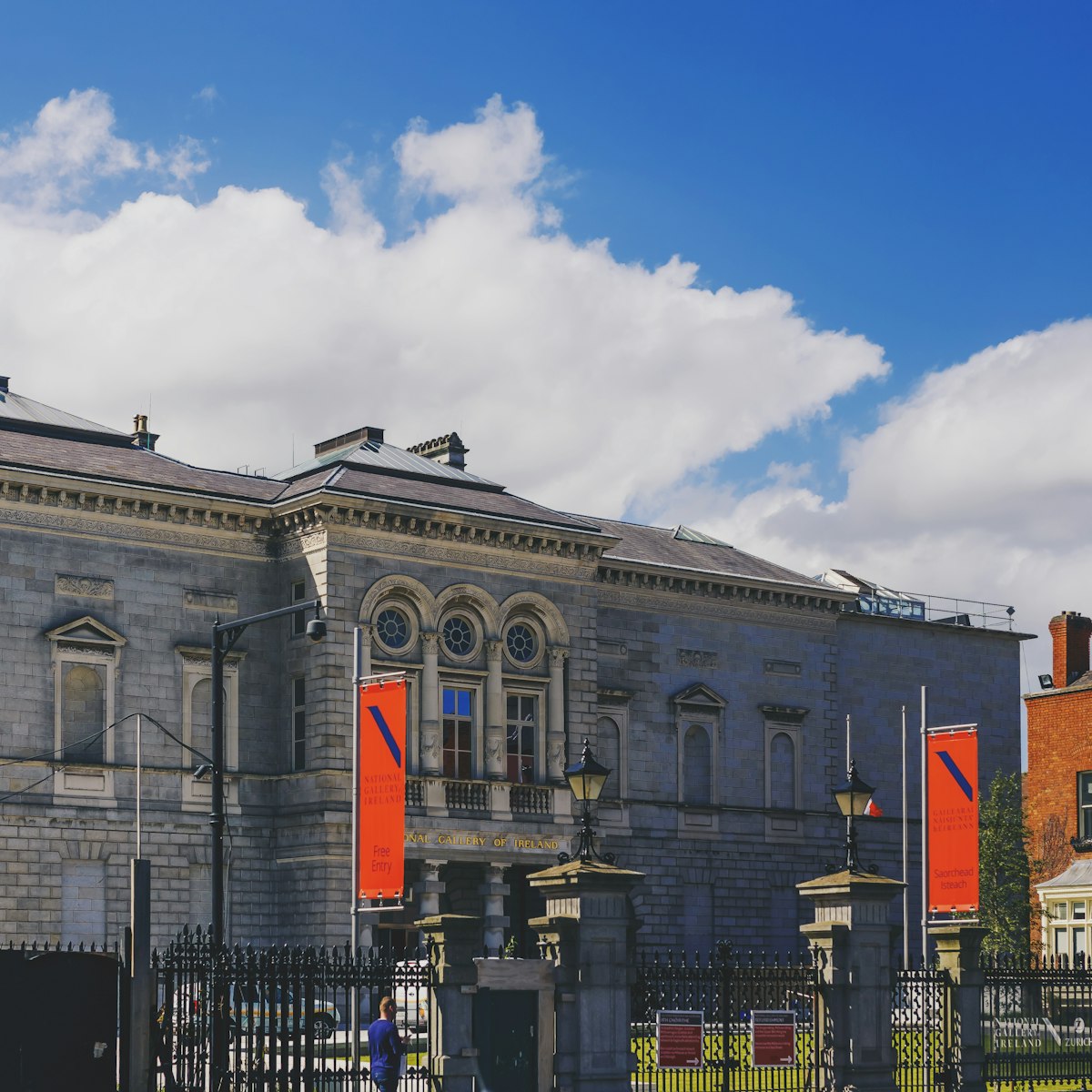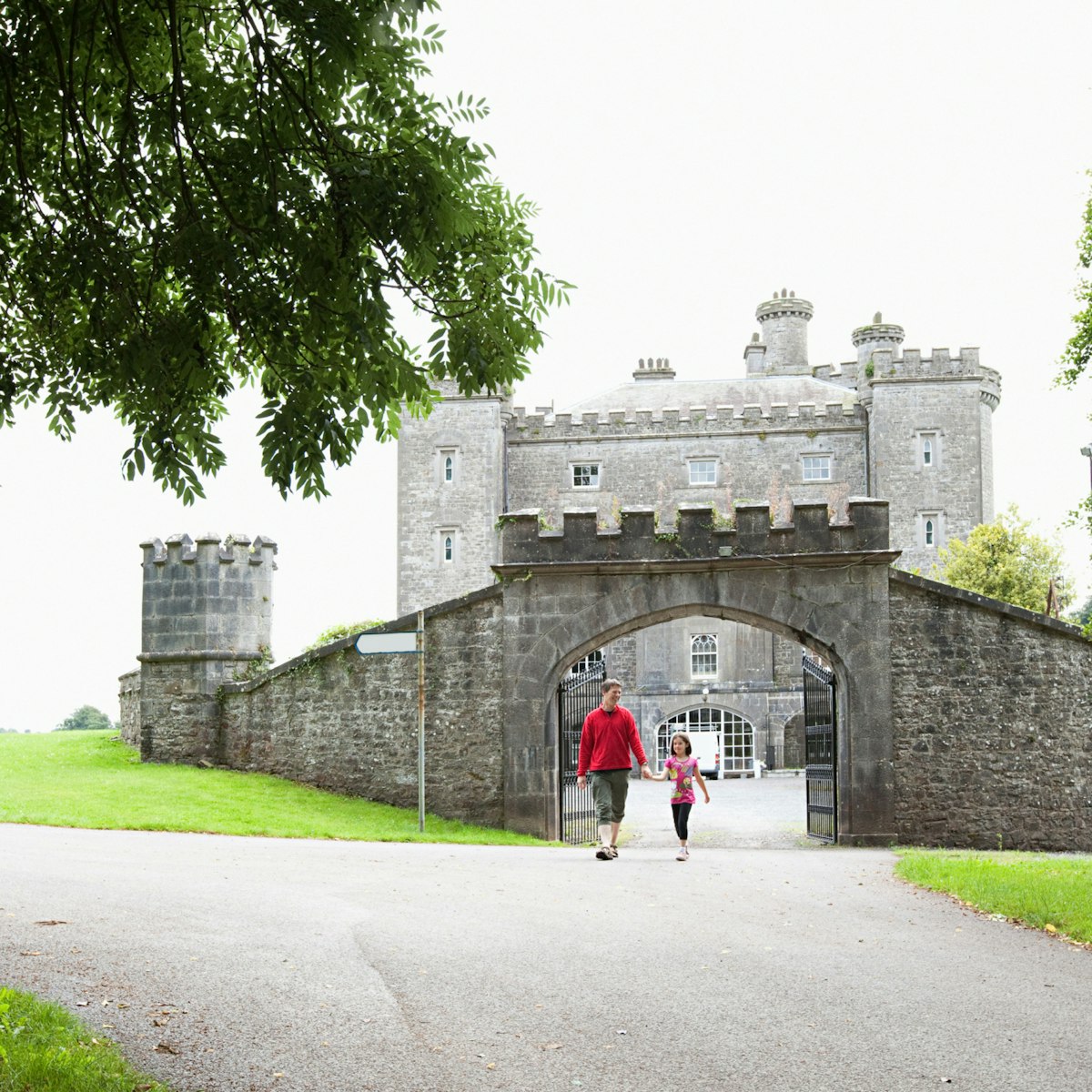Why you should go
As the stronghold of British power in Ireland for more than 700 years, Dublin Castle has played a central - and often adversarial - role in the history of the nation.
A mix of buildings from different centuries, the castle complex is now used by the Irish government for meetings and functions, and the best bits are only visible as part of a guided tour. Highlights include the State Apartments and St Patrick's Hall, where Irish presidents are inaugurated and foreign dignitaries toasted. Another highlight is a visit to the medieval undercroft of the old castle, which includes foundations built by the Vikings.
As you walk into the grounds from the main Dame Street entrance, there's a good example of the evolution of Irish architecture. On your left is the Victorian Chapel Royal and beside this is the Norman Record Tower from 1258. On your right is the Georgian Treasury Building, the oldest office block in Dublin, and behind you is the uglier-than-sin Revenue Commissioners Building of 1960. Heading away from that eyesore, you ascend to the Upper Yard. On your right is a figure of Justice with her back turned to the city, an appropriate symbol for British justice, many Dubliners have reckoned. Next to it is the 18th-century Bedford Tower.
History
Originally the site of an elevated Viking settlement, Dublin Castle was built as a medieval fortress in 1204 and was the residence for the British crown’s representative in Ireland - later called the Lord Lieutenant - until Ireland became independent in the 2oth century. It was designed in typical Norman fashion with strong, tall defensive walls and a circular tower at every corner. Fires in 1673 and 1684 caused the demolition of much of the original buildings; today the Record Tower is the sole surviving medieval structure.
Rebuilt in the subsequent decades in Georgian style, the castle was the setting for state balls, banquets and other occasions hosted by the Lord Lieutenant during the social season. By the mid-19th century, the castle was only an official residence for part of the year and instead was the place of work for many civil servants. Most famously, Dracula author Bram Stoker worked here for twelve years before moving to London in 1878.
The Irish Crown Jewels were stolen from the Bedford Tower in 1907. Fingers were pointed at everyone from Francis Shackleton (brother to explorer Ernest), a disgruntled mistress, and the Irish Republican Brotherhood, but the jewels have never been recovered and the mystery never solved.
The Castle was part of an unsuccessful assault during the 1916 Easter Rising; a force of just twenty-five men and women seized the guard-room but were quickly forced to retreat when reinforcements were called. The subsequent Irish War of Independence was often centered against ‘the Castle’ and its administration; in 1920, three republicans were tortured and killed there in the aftermath of Bloody Sunday.
The castle was officially handed over to Irish republican leader Michael Collins, representing the Irish Free State, in 1922, when the Lord Lieutenant is reported to have rebuked Collins on being seven minutes late. Collins replied, “We've been waiting 700 years, you can have the seven minutes.”
Since 1938, all Irish presidents have been inaugurated here and the state has welcomed foreign dignitaries such as Nelson Mandela, Princess Grace of Monaco, John F. Kennedy and Queen Elizabeth II. It was the epicentre of celebrations when the results were announced for the historic referendums on same-sex marriage and abortion rights in 2015 and 2018 respectively.
Tickets and other practicalities
Open 7 days a week. The grounds and gardens in the complex are open and free to explore. There's a self-guided tour option, but that only includes the State Apartments. The best bits are only visible as part of a 70-minute guided tour. The castle has brochures in 17 languages, but the handiest guide is the free Dublin Castle app, available for all devices.








